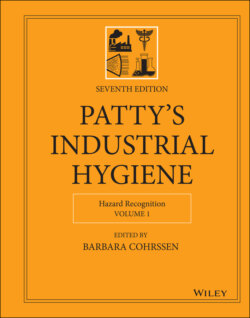Читать книгу Patty's Industrial Hygiene, Hazard Recognition - Группа авторов - Страница 25
2.9.1 Manufacturing
ОглавлениеMany manufacturers that produce goods for daily life have moved overseas. The manufacturing industry in the United States has since evolved to collaborate with more international contractors and personally owned businesses, creating jobs to support the strong relationship between oversea manufacturers and the US market. The fastest‐growing markets include advanced materials; advanced robotics; 3D printing; biotechnology; artificial intelligence; digital design, simulation, and integration; and high‐performance computing. In addition, the Internet of Things is revolutionizing many aspects of manufacturing operations including real‐time production monitoring and improving the accuracy of key metrics including overall equipment effectiveness, production yield rates, and production efficiency. Future manufacturing is predicted to tilt back toward advanced manufacturing nations with robust innovation ecosystems as opposed to the cost‐driven nations of the past.
New emerging technology is powering unprecedented collaboration in the workplace, with many benefits, including increased productivity and the ability to monitor worker risk and exposure. However, changes to the work environment and the introduction of new technology introduce the potential for unknown hazards and unexpected exposures. Advanced and biosynthetic materials are not yet understood in regard to their potential effects on workers, the environment, and nearby communities. It is very challenging for industrial hygienists to protect workers at this stage of development.
